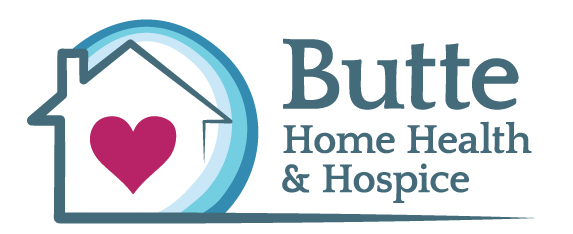In the next edition of our hospice blog series, we decided it was important to offer the perspective of a physician. As someone who has helped thousands of patients and families over the years in different care settings, Dr. Charles Garretson has a unique perspective. We recently sat down for a conversation with him.
As a Pulmonologist, making a transition to hospice care must have been quite a change. How did you become involved in hospice care?
In my private practice, I knew about hospice care, but my knowledge was minimal. Like many physicians, I was focused on the cure and helping my patients get better. Hospice just wasn’t top-of-mind. Later in my career, I began working with Skilled Nursing Facilities where we see hospice more often. It wasn’t until I had a personal experience when my wife was diagnosed with cancer that I had a firsthand view of what hospice can do for patients and families. That was a turning point where I decided I wanted to get more involved.
How is hospice different than traditional care?
As a physician, my responsibility is to help patients get better. That’s always the goal in medicine. But when curable treatment is no longer possible, then we focus on symptom management, comfort, and support for both the patient and their family. In other words, we’re no longer focusing on treating the disease, but we’re focusing on symptoms and quality of life for the patient. This holistic approach to end of life care is what hospice is about.
What advice would you offer to families who have a loved one facing a life limiting illness?
I think it’s important to ask questions about the treatment plan you’re receiving. Ask questions about the goal of the treatment plan- is it designed to extend life or reduce or relieve symptoms? What are the side effects? What happens if I don’t seek treatment?
My own brother was diagnosed with cancer and was under a treatment plan for years. It wasn’t until he directly asked the question about his treatment “Will this make me live longer?” that he got the answer “No, but your symptoms might improve or lessen.”
When you have these conversations, don’t be afraid to ask questions, or even get a second opinion. If you’re working with a specialist, meet with your primary care physician to talk through options. The most important advice I have here is to write down all your questions because the meeting goes quickly and can be overwhelming- it’s easy to forget important questions. Also, bring along a loved one or family member because there will be a lot of information. You don’t want to miss anything, and often two people can hear things differently.
Once you have the facts, then you can talk with family and those important to you so that you can make an informed decision about what’s right for you.
If someone wants to talk about hospice options, who should they contact?
I would start with your primary care physician. Your doctor can talk options, and have an honest discussion with you. You might find that the time they have to spend with you is more limited than you need, so it’s also good to talk with your local hospice. In the case of our hospice (Butte Hospice), you can meet with a hospice liaison, or even a nurse or social worker to talk about what hospice means and give you the information you need to make the decision that’s right for you and your family.
Why are families reluctant to choose hospice care?
It’s almost like people see it as “the end” and that there is no going back, but that’s just not true. For anyone who’s hopeful that an experimental medication might come up, or that they might change their mind about seeking treatment, they should know that a patient can “revoke” hospice at any time, so that treatment can be resumed.
There is also a misconception that hospice speeds up the dying process. This just isn’t true either. I’ve seen many patients stabilize or even improve after selecting hospice. In fact, just this week, we had to discharge a patient because they “graduated” and no longer qualified for hospice.
Often there is also conflict within the family about treatment and hospice care. Some family members might want to aggressively treat and “do everything we can do” while others want to focus on quality of life and time with family. Often the family members who want to aggressively seek treatment are the ones living out of town, while the family members closer and possibly actually providing the care are the ones who tend want to move to palliative or hospice care. This can create a lot of tension, and it’s important to make sure you’ve explored the facts. It’s also important to bring all decision makers together, and hospice can help facilitate these discussions.
What are the benefits of choosing hospice earlier?
The earlier you get hospice involved, the better. We can treat symptoms and make a patient more comfortable. Then we focus on the social and psychosocial, spiritual, and family support. It becomes about treating the whole person, as well as the family.
I also hear from families that medical treatment consumes valuable time and energy. Taking a medically fragile person to appointments and tests can be exhausting for everyone. I’ve heard multiple times that stopping to change the focus contributes to quality of life.
In fact, one of the top comments I hear on a regular basis from families is “I wish we had chosen hospice sooner.“

Dr. Charles Garretson is an Internal Medicine Specialist based in Oroville, California. He graduated with honors from Marshall University School Medicine in 1987. Having more than 33 years of diverse experiences, especially in INTERNAL MEDICINE, he specializes in cardiovascular & pulmonary diseases and pulmonary disease. Dr. Charles Garretson affiliates with many hospitals including Oroville Hospital, Enloe Medical Center, and Orchard Hospital. He is currently the Medical Director at Butte Home Health and Hospice.







